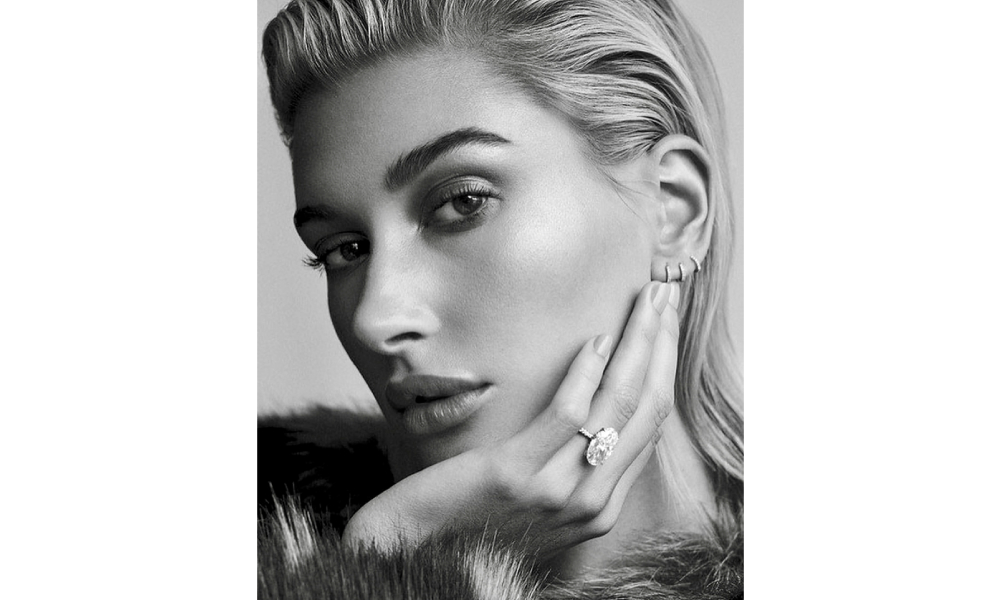In leading western jewellery markets, natural diamonds remain the top choice for discerning engagement ring buyers, with design inspirations heavily influenced by what’s sparkling on the ring fingers of Hollywood’s leading tastemakers. Eco-conscious Millennials and Gen-Z are also gravitating towards natural diamonds, occasionally seeking antique stones instead of newly mined. Shilpa Dhamija highlights the latest engagement ring trends from leading jewellers in New York and London.
Popular American model Hailey Bieber’s natural diamond engagement ring, crafted by New York-based jeweller Jack Solow in 2018, sparked a timeless trend. Featuring an elongated oval-cut diamond, the ring became widely admired for its elegant fit on Hailey’s finger. Six years on, Solow continues to receive frequent requests for oval-shaped solitaires.
This elongated solitaire style is now trending beyond the US, confirms London-based jeweller, Thelma West. “It’s like the sophisticated cousin of the round brilliant, offering a larger surface area and elongating the finger with its elegant shape. Plus, it has this playful sparkle that’s just impossible to ignore,” she tells Solitaire International from her Soho atelier, while pointing out that the round brilliant shape continues to reign supreme in popularity.

However, the most durable trend in engagement rings is the unwavering preference for natural diamonds, a choice that consistently outshines lab-grown alternatives.
Solow, who works exclusively with natural diamonds, notes that despite technological advances in affordable lab-grown diamonds, natural stones continue to hold strong appeal for buyers of all ages and budgets.
“Our clients’ budgets may range from $20,000 to $2 million, which could get them bigger man-made diamonds, yet they prefer natural diamonds even if the size is smaller than a man-made one because they want to mark their special moment with something real,” he explains.
Echoing this sentiment, Lauren Addison, another notable jeweller from New York, observes that even if buyers have limited budgets, they are willing to start with a smaller natural diamond and upgrade later, as long as the stone is natural. “They only want something genuine to represent their love,” she notes.

West agrees, emphasising the irreplaceable allure of a diamond formed deep within the earth over billions of years. “No alternative can truly capture that romantic essence,” she says.
Interestingly, even environmentally conscious buyers are opting for natural diamonds over the alternatives that “claim to be produced in a more eco-friendly manner”. Addison highlights, “We have been sourcing so many antique natural diamonds lately because of the rise in demand for stones that are 10s or 100s of years old.”

How important is the value retention of diamonds for buyers in the US and UK?
“We don’t emphasise on natural diamonds as an investment given the potential for market volatility,” answers Solow, “but we tell our customers that natural diamonds can be an interesting place to park their money for a period of time.” He adds that while the value of natural diamonds may fluctuate, lab-grown or man-made diamonds have consistently experienced only a decline in value.
In the UK, West observes that while natural diamonds may hold allure as investment assets, the emphasis tends to be on emotional and aesthetic value rather than just pure financial returns. “Here, people often value natural diamonds for their sentimental worth intertwined with financial prudence, creating a unique perspective on their significance,” she concludes.

